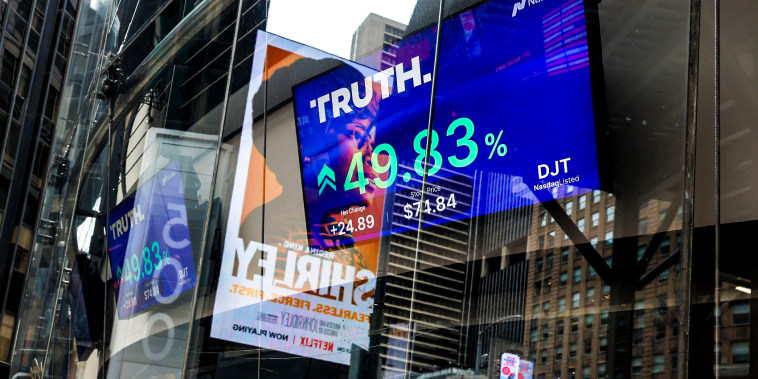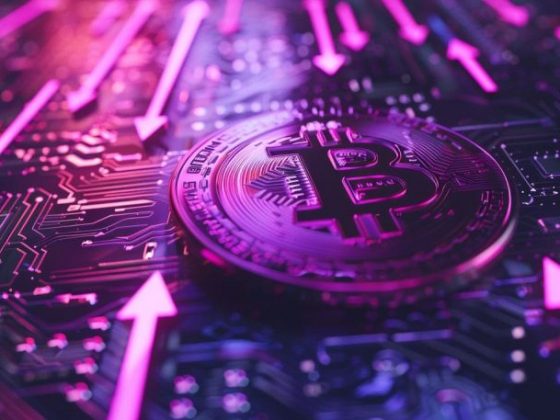 There are several reasons why the Federal Reserve keeping interest rates higher for a longer period may not be a bad thing.
1. Inflation Control: One of the primary reasons the Fed would keep interest rates higher is to control inflation. If the economy is heating up too much, prices start to rise rapidly. Higher interest rates can cool down the economy and slow down inflation.
2. Promotes Savings: Higher interest rates encourage people to save more since they will earn more interest on their deposits. This increases the overall savings in the economy, aiding long-term economic growth.
3. Decreases Risky Lending: Higher interest rates also make borrowing more expensive. This could decrease risky lending and borrowing practices, preventing economic bubbles.
4. Provides Policy Space: Should the economy face a downturn, the Fed needs some “policy space” to act, which effectively means it needs to be able to cut rates. If rates remain too low for too long, the Fed could find its hands tied when it needs to act.
5. Benefits to Investors: For certain types of investors, higher rates could increase returns, for instance through higher yields on fixed-income investments like bonds.
However, it’s important to note that higher interest rates also come with downsides, such as potentially slowing economic growth, burdening individuals and businesses with higher borrowing costs, and influencing negatively the stock market. Like any policy decision, it’s a balancing act.
There are several reasons why the Federal Reserve keeping interest rates higher for a longer period may not be a bad thing.
1. Inflation Control: One of the primary reasons the Fed would keep interest rates higher is to control inflation. If the economy is heating up too much, prices start to rise rapidly. Higher interest rates can cool down the economy and slow down inflation.
2. Promotes Savings: Higher interest rates encourage people to save more since they will earn more interest on their deposits. This increases the overall savings in the economy, aiding long-term economic growth.
3. Decreases Risky Lending: Higher interest rates also make borrowing more expensive. This could decrease risky lending and borrowing practices, preventing economic bubbles.
4. Provides Policy Space: Should the economy face a downturn, the Fed needs some “policy space” to act, which effectively means it needs to be able to cut rates. If rates remain too low for too long, the Fed could find its hands tied when it needs to act.
5. Benefits to Investors: For certain types of investors, higher rates could increase returns, for instance through higher yields on fixed-income investments like bonds.
However, it’s important to note that higher interest rates also come with downsides, such as potentially slowing economic growth, burdening individuals and businesses with higher borrowing costs, and influencing negatively the stock market. Like any policy decision, it’s a balancing act.
Why the Fed keeping rates higher for longer may not be such a bad thing

 There are several reasons why the Federal Reserve keeping interest rates higher for a longer period may not be a bad thing.
1. Inflation Control: One of the primary reasons the Fed would keep interest rates higher is to control inflation. If the economy is heating up too much, prices start to rise rapidly. Higher interest rates can cool down the economy and slow down inflation.
2. Promotes Savings: Higher interest rates encourage people to save more since they will earn more interest on their deposits. This increases the overall savings in the economy, aiding long-term economic growth.
3. Decreases Risky Lending: Higher interest rates also make borrowing more expensive. This could decrease risky lending and borrowing practices, preventing economic bubbles.
4. Provides Policy Space: Should the economy face a downturn, the Fed needs some “policy space” to act, which effectively means it needs to be able to cut rates. If rates remain too low for too long, the Fed could find its hands tied when it needs to act.
5. Benefits to Investors: For certain types of investors, higher rates could increase returns, for instance through higher yields on fixed-income investments like bonds.
However, it’s important to note that higher interest rates also come with downsides, such as potentially slowing economic growth, burdening individuals and businesses with higher borrowing costs, and influencing negatively the stock market. Like any policy decision, it’s a balancing act.
There are several reasons why the Federal Reserve keeping interest rates higher for a longer period may not be a bad thing.
1. Inflation Control: One of the primary reasons the Fed would keep interest rates higher is to control inflation. If the economy is heating up too much, prices start to rise rapidly. Higher interest rates can cool down the economy and slow down inflation.
2. Promotes Savings: Higher interest rates encourage people to save more since they will earn more interest on their deposits. This increases the overall savings in the economy, aiding long-term economic growth.
3. Decreases Risky Lending: Higher interest rates also make borrowing more expensive. This could decrease risky lending and borrowing practices, preventing economic bubbles.
4. Provides Policy Space: Should the economy face a downturn, the Fed needs some “policy space” to act, which effectively means it needs to be able to cut rates. If rates remain too low for too long, the Fed could find its hands tied when it needs to act.
5. Benefits to Investors: For certain types of investors, higher rates could increase returns, for instance through higher yields on fixed-income investments like bonds.
However, it’s important to note that higher interest rates also come with downsides, such as potentially slowing economic growth, burdening individuals and businesses with higher borrowing costs, and influencing negatively the stock market. Like any policy decision, it’s a balancing act.

